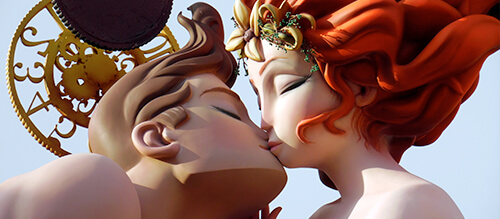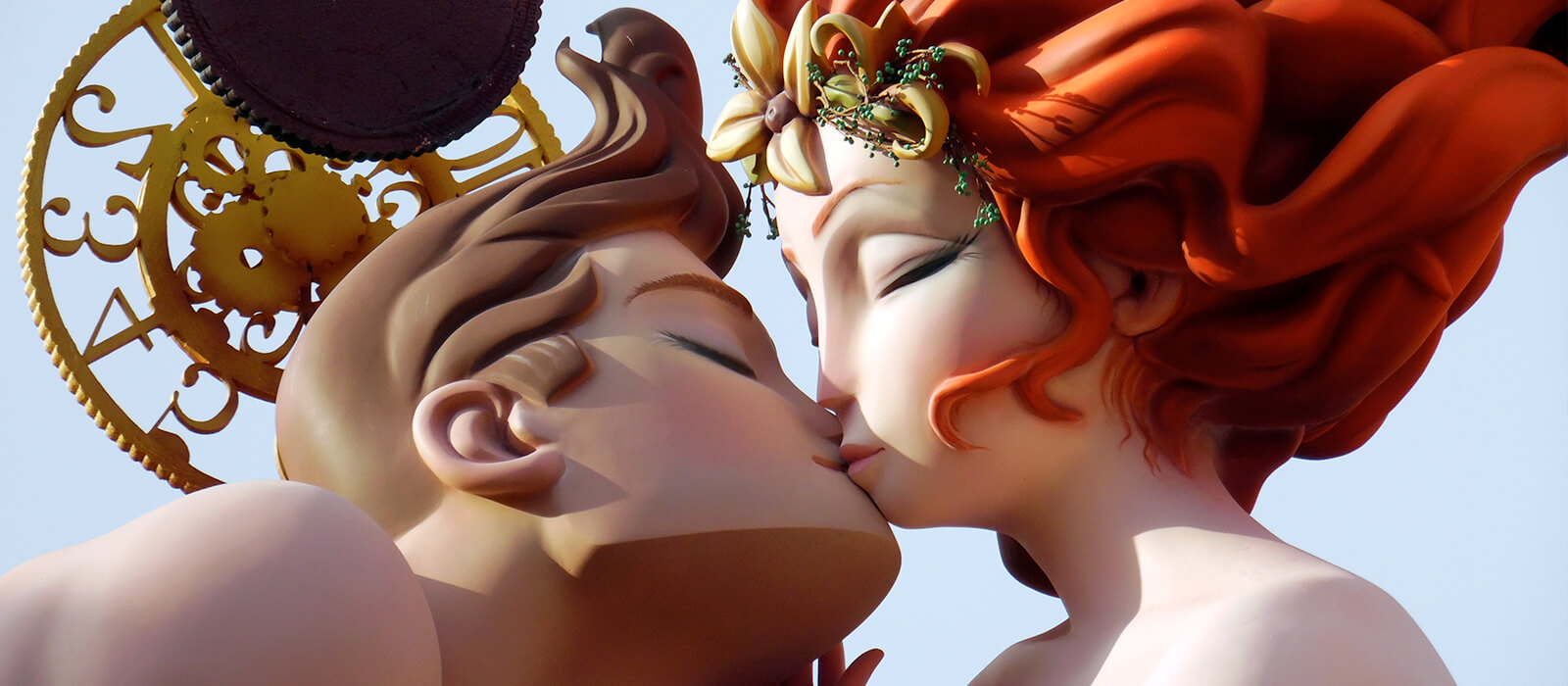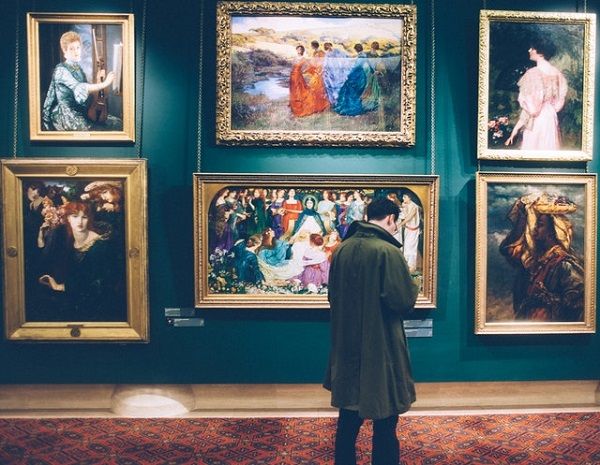12 Spanish series to improve your Spanish | don Quijote

Are you a fan of series and are you looking for a fun and effective way to improve your Spanish? You're in the right place! Because a different and fun way to learn Spanish is by watching series.
Learning Spanish can be a challenging journey, but with the right combination of entertainment and learning, the process becomes a fascinating adventure. In this article, we recommend you several Spanish series to improve your level of Spanish while enjoying a fun, mysterious or historical story.
Read this article in Spanish here.
La casa de papel (Money Heist)
One of the best-known series on the Spanish audiovisual scene. La casa de papel is a popular thriller that follows a group of robbers as they attempt to pull off an elaborate robbery of the Spanish National Mint.
This Spanish series is known for its fast-paced and exciting dialogue. It has 5 seasons full of action, romance and intrigue.
Vis a vis (Locked up)
This popular Spanish series is set in a women's prison and follows the story of Macarena Ferreiro, a woman who is imprisoned for money laundering. This story provides an opportunity to learn the Spanish language and colloquial expressions used in a prison.
Aquí no hay quién viva
One of the most recognised Spanish series in Spain, also known by the acronym ANHQV, which stands out above all in the comedy genre. The plot narrates the life of the neighbours of an old building in the centre of Madrid, with an ironic and humorous tone. Many of its phrases have gone down in the history of Spanish culture, so you can't miss this Spanish serie!
El ministerio del tiempo
A Spanish sci-fi/adventure series that follows a team of three agents who travel back in time to protect the history of Spain. The series is very interesting and presents a variety of historical contexts of the lives of artists, painters, and monarchy in Spain.
Merlí
This series focuses on a charismatic philosophy professor and his students. It is a good option for learning philosophical terms and exploring everyday life issues through philosophy. The original version of the series is in Catalan, but you can also enjoy it dubbed into Spanish.
Un paso adelante (One step forward)
This Spanish series about a dance academy caused quite a stir in France, where it is known as 'Une, deux, trois'. It tells the story of a group of young people who enter the prestigious School of Performing Arts. Follow the lives of these dancers and improve your Spanish by watching this series if you like the world of dance.
Las chicas del cable (Cable Girls)
Set in the 1920s, this Spanish series follows a group of female telephone operators who fight for their independence and rights. It is an interesting option to learn about Spanish history and the role of women in the society of the time.
Gran Hotel
A historical drama set in the early 20th century in a luxury hotel. The story follows a young man from a humble background who arrives at the idyllic Gran Hotel to visit his sister, who works there. When he arrives at the Grand Hotel, however, he discovers that no one has heard from his sister for some time.
The series offers a glimpse into the society and culture of the time, with plenty of intrigue, romance, and action.
Velvet
This Spanish series is set in the 1950s. The plot focuses on a high fashion department store in Madrid. The plot shows the transition from haute couture to prêt à porter fashion. A good option to learn about fashion and the style of the period in Spain.
El tiempo entre costuras (The time in between)
This Spanish series is based on the novel of the same name written by María Dueñas. The story follows the life of Sira, a dressmaker who leaves pre-Civil War Madrid for Tangiers for love. There she becomes embroiled in a plot of espionage and historical events during Spanish Civil War and World War II.
Los Serrano
A family comedy revolving around the life of Diego Serrano, a man with three children who remarries a woman who has two daughters from a previous marriage. The plot revolves around the new life of these 7 people and how they must cope with a very funny cohabitation. This Spanish series offers every day, colloquial situations.
Élite
Terminamos con esta popular serie de televisión española disponible en Netflix. Élite cuenta la historia de un grupo de estudiantes de un colegio privado ‘Las Encinas’, donde llegan tres nuevos alumnos becados. La diferencia entre clases da lugar a un asesinato, ¿serás capaz de averiguar quién es el culpable?
These Spanish series offer a wide range of genres, from historical dramas to contemporary comedies, allowing you to learn Spanish while improving your comprehension and vocabulary in different contexts.
As well as learning the language through Spanish series, another good way to improve your Spanish is to study Spanish in Spain. With don Quijote's intensive Spanish courses you can improve your level with native teachers in a unique environment. We have Spanish courses for all levels and ages.





































